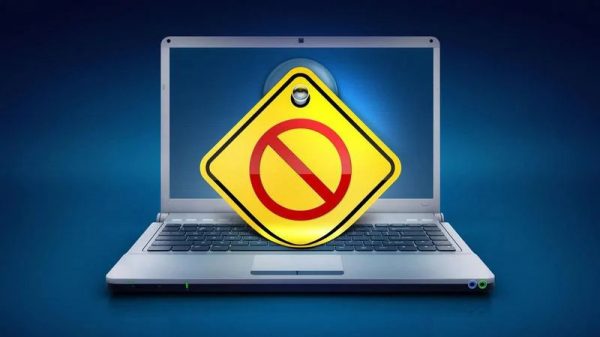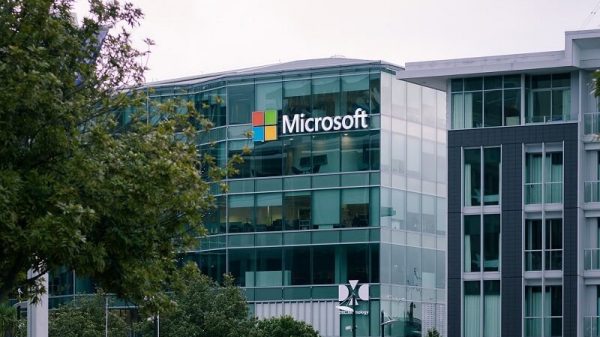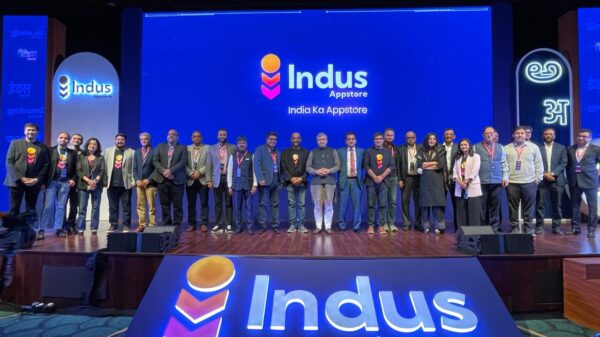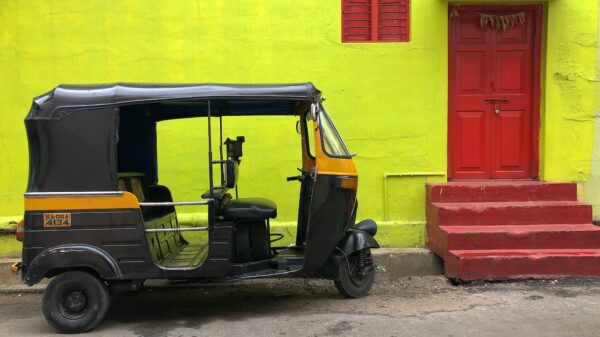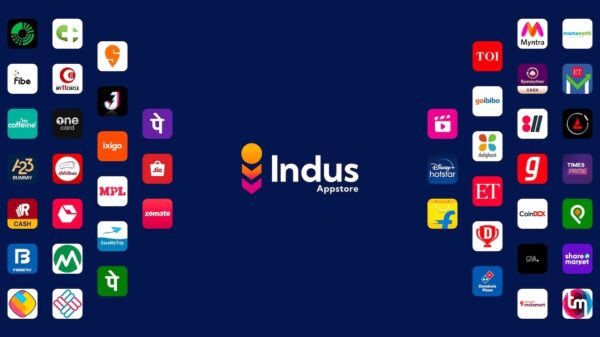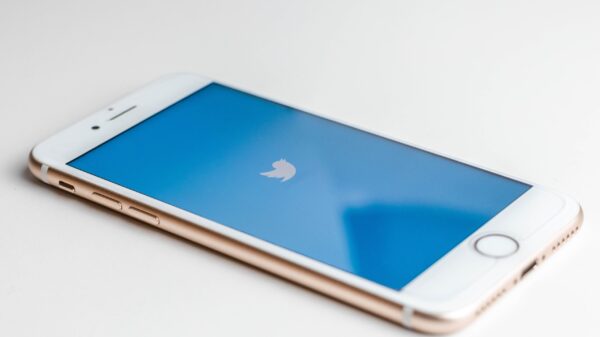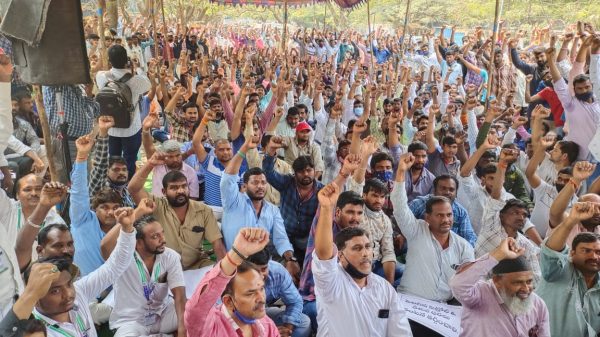"While FY19 saw hyper-competition between four well-funded food delivery players, FY20 ended with a two player market structure," Zomato CEO and co-founder Deepinder Goyal said in a mid-COVID-19 performance report published by the company on Friday. Like app-based cab booking, app-based food delivery is indeed a duopoly now — Zomato and Swiggy remain the only players in the market, with Uber Eats having been sold off to Zomato and Ola significantly scaling Foodpanda back. While Goyal admitted in the report that the COVID-19 pandemic hurt the company, he maintained that it remains on its path to be profitable. [caption id="attachment_218272" align="aligncenter" width="800"] Source: Zomato[/caption] "We expect to make a complete recovery in the coming 3-6 months while continuing to maintain tight control on costs/profitability," Goyal said, arguing that the business is healthier because of COVID too (laying off 13% of the workforce may have played a part there, something Goyal didn't mention). He said that young people moving to their parents' homes meant that delivery demand didn't go back to pre-COVID levels immediately, but that this would happen within 3–6 months. Improved unit economics: As customers warm to food delivery more, Zomato is making more money per order (since restaurants pay percentage of order value). The company is also reducing subsidies and discounts to users gradually, which has led to a sharp increase in the company's margins. "In Q1 FY20, we used to make a contribution margin of –₹47 per order; in Q1 FY21, we made contribution margin of +₹27 per…


